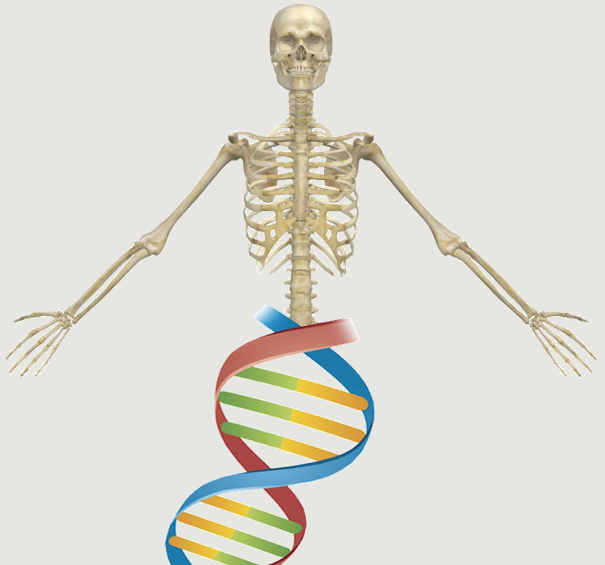Complex clinical conditions, such as intervertebral disc degeneration, osteoporotic fractures, tendon and ligament injuries, non-union fractures, and osteoarthritis, pose a great challenge both to health systems and to clinicians. In most cases, treatments are non-existing or provide sub-optimal solution for patients. Hence, novel strategies, which are based on biological therapies, are required to overcome extensive skeletal tissue loss or degeneration.
Our mission is to investigate the use of stem cell and gene therapies for skeletal tissue regeneration and to translate these technologies to clinical practice. Over the last three decades we have shown that stem cells can regenerate tissues in a wide variety of skeletal injury models including complex limb, skull, and jaw fractures, and even tendon tears.
Our findings have shown that non-union fractures can be effectively repaired by the attraction and activation of endogenous stem cells, via ultrasound-based gene delivery.
We have also been establishing new stem cell-based therapies for spinal disorders. Specifically, we are aiming at using stem cells for the treatment of lower back pain, which results from intervertebral disc degeneration, a medical problem that has no remedy to date.
Furthermore, we are investigating the use of stem cells for the treatment of osteoporosis-related bone fractures. Toward this goal, we are using a systemic approach, in which the cells are injected into the blood circulation.
In order to quantitatively analyze tissue regeneration and monitor the effect of stem cell implantation, state-of-the-art molecular and micro-imaging technologies are needed. We have pioneered the application of optical, magnetic resonance and x-ray based micro CT imaging in the field of skeletal tissue engineering. These are noninvasive imaging techniques that allow real-time, accurate analysis of tissue regeneration and stem cell tracking in the living subject.


